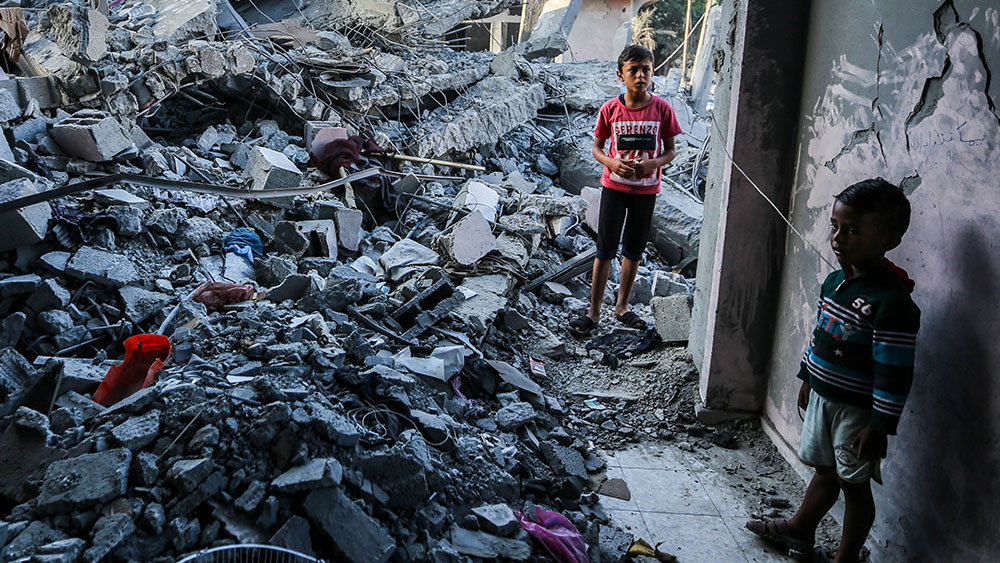 Parler
Parler Gab
Gab
Supplementary troops to support logistics and oversight efforts
Even though Ryder did not specify how many advisers would be delivered to Kyiv, saying "operational security and force protection reasons," sources acquainted with the details told Politico that the number could be up to 60. The supplementary troops will support logistics and oversight efforts for the weapons America is sending Ukraine, as stated by four U.S. officials and a person acquainted with the plans, who were given anonymity to talk about a sensitive subject. The latest contingent will also support the Ukrainian military with weapons maintenance, as reported by one of the U.S. officials and a person familiar with the plan. A small number of U.S. troops have already been sent for short rotations attached to the embassy in Kyiv, two of the U.S. officials said, with the second official describing the numbers as "onesies and twosies." Those personnel are assisting with oversight and embassy security. Ukraine is struggling to recover the drive on the battlefield in the wake of a failed counteroffensive last summer, along with more recent losses aggravated by a decreasing supply of foreign ammunition. Defense Secretary Lloyd Austin recently acknowledged that "things on the battlefield begin to shift a bit in Russia's favor," with Kyiv's forces struggling "in terms of holding the line." As reported by Politico, the advisers would be assigned to help the Ukrainians with recently delivered equipment as the conflict is anticipated to increase during the summer. Despite the fact President Joe Biden promised that American troops will not be deployed to fight Russia in Ukraine, Moscow has warned that it regards the U.S. and other NATO members de facto participants in the war. Ukraine has cried for more artillery, air defenses, long-range missiles and fighter jets, which frontline troops and major politicians assert would help the Ukrainians push through Russian lines and hold their positions. The news that the U.S. is deploying additional forces to Ukraine arrives as senior officials warned last week that Russia has been gathering momentum. (Related: House Speaker Johnson pushes foreign aid spending bills allocating a combined $87 BILLION on Ukraine and Israel.) Follow UkraineWitness.com for more news about the ongoing conflict in Ukraine. Watch this clip of House Speaker Mike Johnson speaking to the press following the passage of the aid package for Ukraine. This video is from the NewsClips channel on Brighteon.com.More related articles:
Defense Secretary Lloyd Austin announces another $200 million in military aid for Ukraine. U.S. expedites delivery of $300M in military aid to Ukraine. Senior Russian military officer warns that Ukraine conflict could become FULL-BLOWN WAR in Europe. Sources include: RT.com Politico.com Brighteon.comUNMAS: There is more war debris in Gaza after seven months than in Ukraine after over two years
By Laura Harris // Share
Beijing warns Washington against crossing “red lines” to avoid CONFRONTATION
By Belle Carter // Share
NHTSA probes Tesla’s recall of 2 million cars over Autopilot concerns
By Ava Grace // Share
Ukraine introduces AI-generated Foreign Ministry spokeswoman
By Ramon Tomey // Share
NIH defies FOIA, Moderna vaxx royalties paid to government remain state secret
By News Editors // Share
Governments continue to obscure COVID-19 vaccine data amid rising concerns over excess deaths
By patricklewis // Share
Tech giant Microsoft backs EXTINCTION with its support of carbon capture programs
By ramontomeydw // Share
Germany to resume arms exports to Israel despite repeated ceasefire violations
By isabelle // Share










